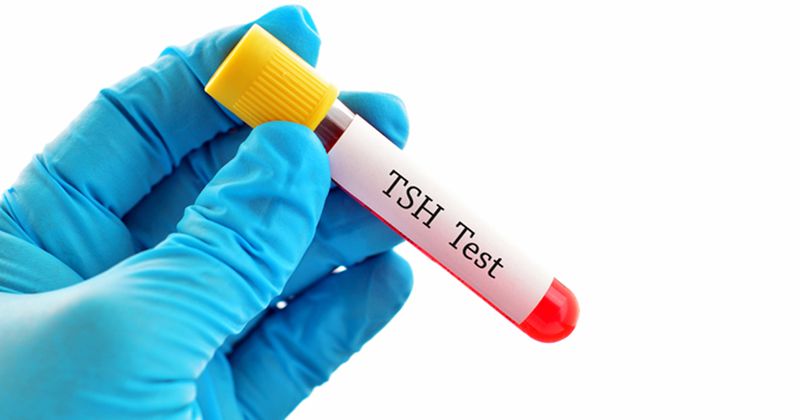Thyroid-stimulating hormone level increases as kidney function declines
Defining hypothyroidism by thyroid-stimulating hormone level, researchers found the condition was more common in patients with worsening levels of kidney function (as determined by eGFR slope), as well as in those who had proteinuria.
The findings were presented at the Annual Dialysis Conference, held virtually this year.

“There are many comorbidities associated with chronic kidney disease, including hypertension, anemia, cardiovascular disease and congestive heart failure,” Sameena Iqbal, MD, of the department of medicine at McGill University in Montreal, and colleagues wrote in a poster abstract. “Hypothyroidism has been identified as a comorbidity associated with chronic kidney disease, usually accompanied by metabolic syndrome. The prevalence of hypothyroidism ranges between 3[%] and 25% among those diagnosed with CKD.”
According to the researchers, the purpose of the study was twofold. First, they sought to determine the prevalence of hypothyroidism in CKD overall, as well as to examine prevalence across the CKD spectrum. Second, they wanted to investigate the relationship of hypothyroidism to urine albumin-creatinine ratio (through which they determined proteinuria) and slope of eGFR.
Utilizing an electronic health database, researchers identified 301 adults with CKD – defined as having three eGFR readings of less than or equal to 60 mL/min/1.73 m2 – who were receiving care at a nephrology clinic in Quebec. Urine albumin-creatinine ratio at baseline was considered “significant” if it was greater than the 75th percentile (64 mg/mmol; defined as nephrotic range proteinuria). Hypothyroidism was diagnosed based on whether a patient’s thyroid-stimulating hormone (TSH) level was above 5 uIU/L (further categorized by percentile).
Researchers observed a progressive increase in the prevalence of hypothyroidism with worsening eGFR grades (for example, the odds ratio for patients with baseline eGFR less than 30 mL/min/m2 was 8.65 vs. 2.32 for patients with baseline eGFR between 30 mL/min/m2 and 60 mL/min/m2).
Further findings showed that for patients in the 75th percentile for urine albumin-creatinine ratio, a TSH greater than 1.8 uIU/L had an odds ratio of 1.8; the odds ratio for patients with TSH level greater than 5uIU/L was 1.052.
Based on these results, Iqbal and colleagues concluded that TSH levels are associated with both eGFR slope and proteinuria.

